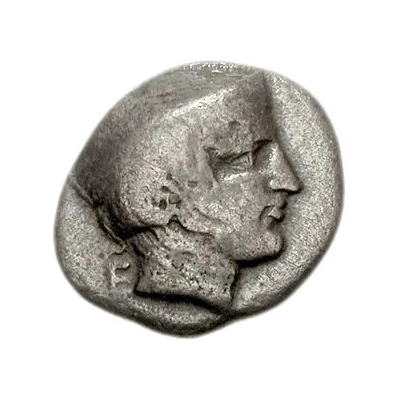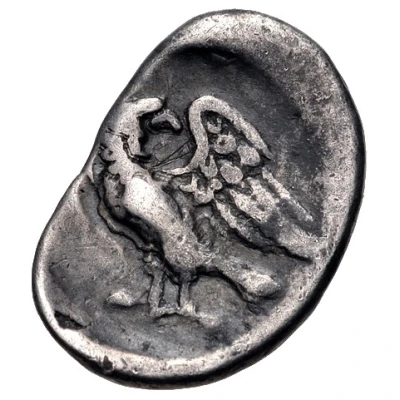


© Classical Numismatic Group, Inc.
Hemidrachm - 103rd Olympiad 368 BC
368 BC year| Silver | 2.58 g | - |
| Issuer | Olympia (Elis) |
|---|---|
| Type | Standard circulation coin |
| Year | 368 BC |
| Value | Hemidrachm (½) |
| Currency | Drachm |
| Composition | Silver |
| Weight | 2.58 g |
| Shape | Round (irregular) |
| Technique | Hammered |
| Demonetized | Yes |
| Updated | 2024-10-10 |
| Numista | N#177996 |
|---|---|
| Rarity index | 100% |
Reverse
Eagle standing right, head left, wings spread
Interesting fact
The Hemidrachm coin was used as a form of currency in ancient Greece, specifically in the city of Olympia, during the 103rd Olympiad in 368 BC. It was made of silver and weighed 2.58 grams. What's interesting about this coin is that it features a unique design, with the head of Zeus on one side and a depiction of a charioteer on the other. The charioteer image was meant to symbolize the importance of chariot racing in ancient Greek culture, particularly during the Olympic Games, which were held in Olympia every four years. This coin is a rare and valuable artifact that provides a glimpse into the economic and cultural practices of ancient Greece.



